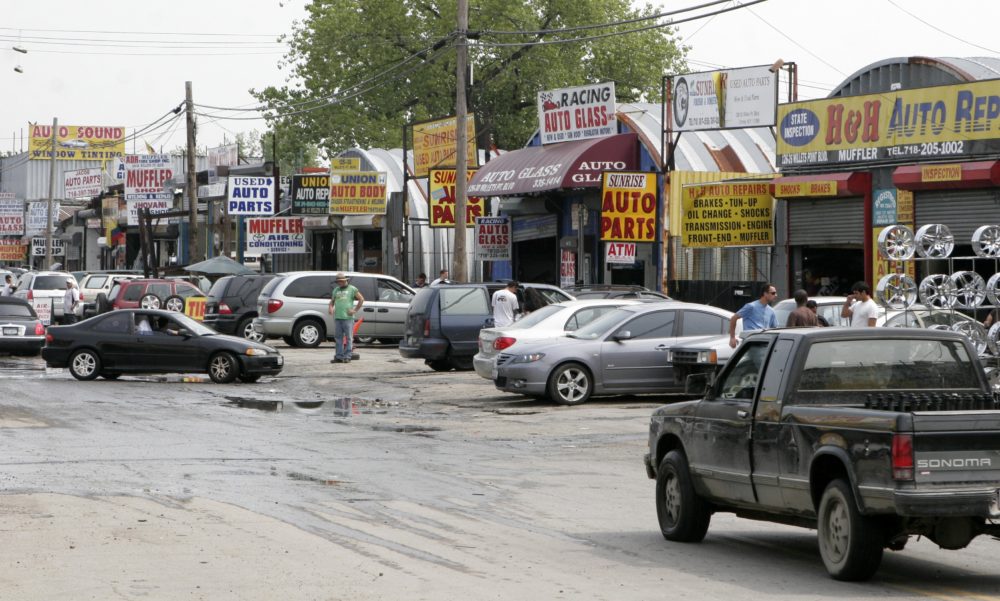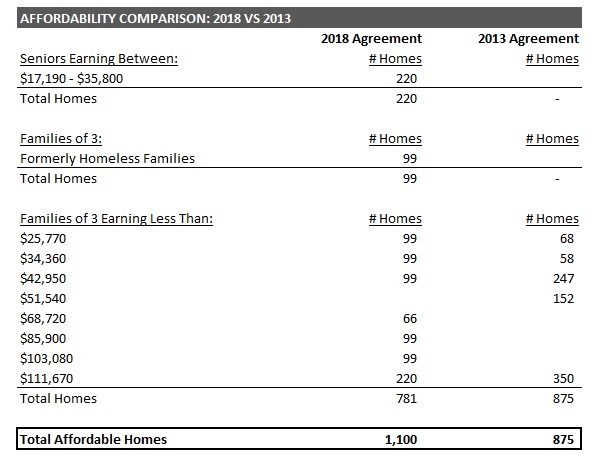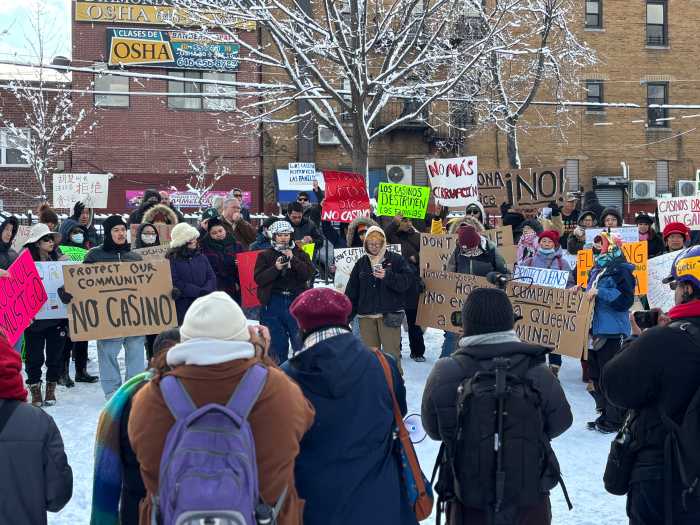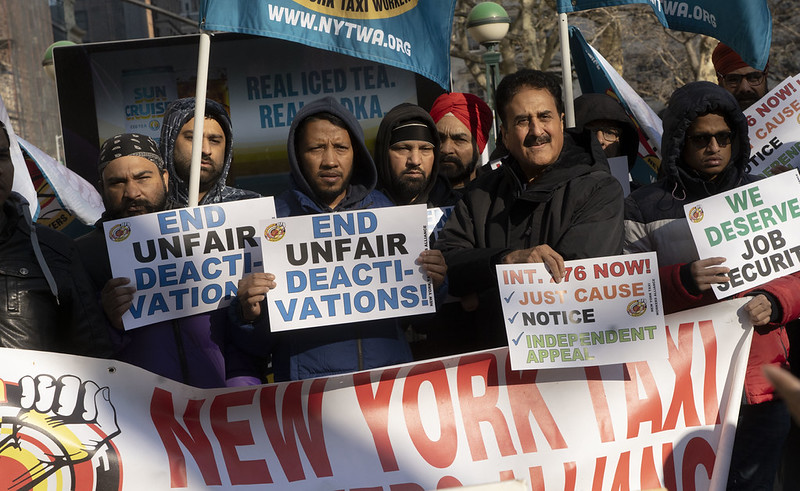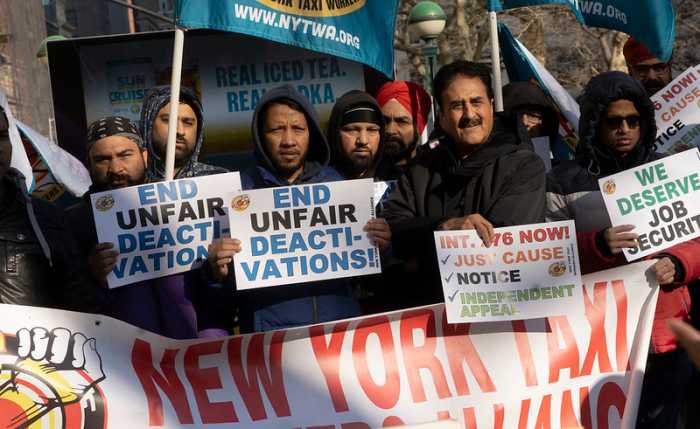The future of Willets Point looked clearer on Monday when a deal was struck between the mayor’s office and developers to build 1,100 apartments units as part of the $3 billion project that started under the Bloomberg administration.
The New York Times first reported that Mayor Bill de Blasio and developers Related Companies and New York Mets owners Fred Wilpon and Saul B. Katz came to an agreement to redevelop the area next to Citi Field. The city made the announcement official on Tuesday morning.
The new plan would include building 1,100 units of housing for low-income and moderate-income New Yorkers, 450-seat elementary school, public space and retail on six acres of land at the corner of Willets Point Boulevard and Roosevelt Avenue. Much of this area, formerly the home of junkyards and auto repair shops, has already been cleared.
There will be three affordable buildings, one of which will include 220 homes for low-income seniors and nearly 100 apartments reserved for formerly homeless families.
For the remaining 17 acres of land, de Blasio will create a task force in partnership with Katz and Councilman Francisco Moya to determine how to proceed with the re-development of the “Iron Triangle.”
“This project delivers big on the number-one priority for people in Queens: finding an affordable place to live,” the mayor said. “It’s time to jumpstart Willets Point, and we are doing that by building more than a thousand homes for seniors and families struggling to make ends meet. I look forward to working with Borough President Katz and Council member Moya to ensure these homes are delivered on time, and that we build even more affordable homes, schools and parks across Willets Point.”
In June 2017, the New York State Court of Appeals announced that the proposal by the Queens Development Group LLC (QDG), a joint venture between Related Companies and Sterling Equities, would not be able to move forward without approval from the state Legislature.
The two-phase development proposed by QDG included plans to construct a shopping mall, hotel, movie theater, public school and affordable housing in the parking lot where Shea Stadium once stood.
Queens community leaders fumed in a recent meeting, telling the city that they’re time had been wasted as the plan faced several challenges in court.
“You’re telling me when they knew this lawsuit was coming there wasn’t a contingency plan?” Board 7 Chairperson Gene Kelty asked to Economic Development Corporation reps in January. “I’m getting tired of my time being wasted.”
The city has already spent $287 million to purchase the land, remove hazardous waste and relocate many of the 225 auto repair shops and junk yards in the area, according to The New York Times.
Plans of a mega-mall and hotel didn’t sit well with many elected officials, including Senator Tony Avella and Queens Borough President Melinda Katz, who argued what Queens really needed was more affordable housing.
“The city has immediate, desperate needs for affordable housing units and school seats, especially here in Queens,” Katz said. “This agreement to build 100 percent affordable housing at Willets Point is the right plan at the right time. As the sponsor of the 2008 Urban Renewal Plan, I am encouraged that we are moving forward in putting a shovel in the ground, and that housing and a school are the first priorities.”
Remediation of the site is expected to be completed by 2020 and 500 of the 1,100 units will be completed by 2022. The city will keep ownership of the six-acre site through a long-term lease while the 2013 agreement would have transferred ownership of 23 acres to the developer.
Developers have also committed to hiring Minority and Women-owned Business Enterprises and hiring local residents for construction jobs through the city’s HireNYC program.
“Willets Point has been 12 years of bad politics and broken promises,” Moya said. “With this deal, we can look to providing some great housing relief for a lot of people who need it. By securing school seats, deep affordability and senior housing we have accomplished something none of the previous iterations have been able to, and now with the task force I will co-chair, we can ensure this same community-minded development continues in future phases.”

